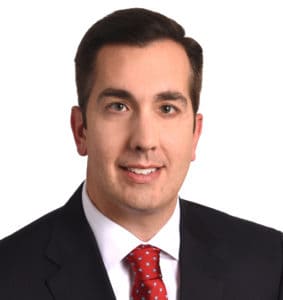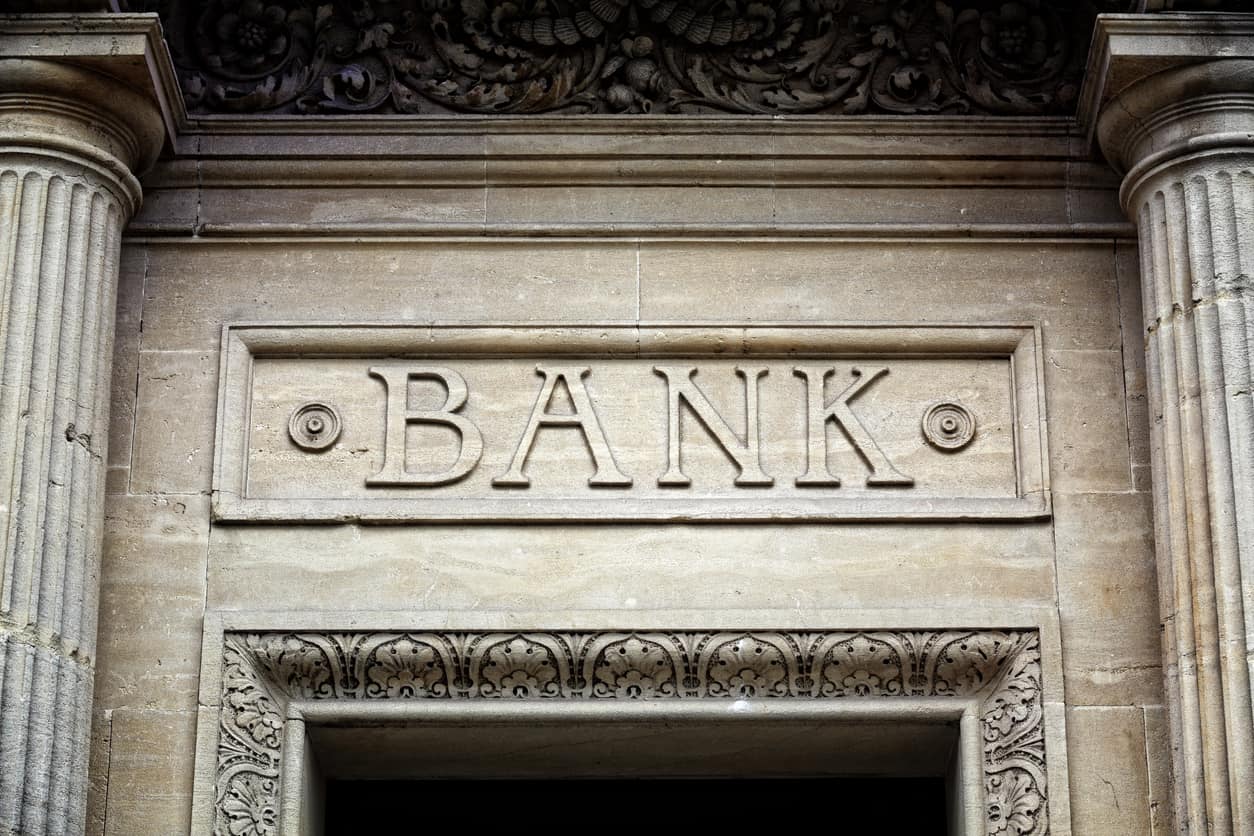
SBA Now Allows PPP Loan Borrowers to Apply Early for Loan Forgiveness
Disclaimer: This information was correct at the time of publication; however, new guidance from government agencies may be issued at any time, causing some or all of this information to change. Please visit our COVID-19 Business Strategy Hub for the latest news and ensure you are subscribed here to receive email alerts as they are released. We are working diligently to provide the most current information as it becomes available under our COVID-19 Actionable Insights For Businesses Series.
Earlier this week, the Treasury Department, along with the Small Business Administration (SBA), issued additional Paycheck Protection Program (PPP) loan forgiveness guidance in the form of revisions to prior interim final rules. The big takeaway from this guidance is that borrowers may now apply for PPP loan forgiveness before the end of their covered periods if the borrower has used all of the PPP loan proceeds for which it is requesting forgiveness. While this does not change the end of your selected 8-week or 24-week covered period, borrowers may now assess when to apply to receive maximum loan forgiveness and do not have to wait until the end of their covered periods.
However, there is a catch. The safe harbor rules for reinstatement of pay or rehiring of previously terminated employees by either the end of your covered period or December 31, 2020, will not be available. If you apply for loan forgiveness before the end of your covered period, and you have reduced pay of your employees, you will be required to reduce your loan forgiveness amount by the calculated salary reduction for the full 8-week or 24-week covered period (even if you reinstate pay by December 31, 2020). While not specifically addressed in the guidance, presumably, if you have reduced full-time equivalents (FTEs) as of the date of your loan forgiveness application, there will be an FTE loan forgiveness reduction as well.
This new guidance will provide the most benefit to those borrowers who have not reduced their workforce or cut employee wages. Since those borrowers will not be relying on any statutory safe harbors, they will be able to select the point where they have utilized all their PPP funding for qualifying expenditures and apply for forgiveness. For example, if an employer needs 10 weeks to spend all the PPP funding they received, and assuming they meet all other requirements, they may select the 24-week covered period but apply for loan forgiveness after 10-weeks and receive full forgiveness.
If you need assistance managing your PPP loan funds, calculating your loan forgiveness amount or completing your PPP loan forgiveness application, the Moore Colson team is available to help. To learn more, visit the COVID-19 Business Services section of our website or contact us. Also, be sure to subscribe here to get our news and alerts as they are released as we are committed to keeping you updated on how to navigate financial challenges associated with the COVID-19 pandemic.

Bert Mills, CPA, is the Managing Partner at Moore Colson. In his role, Bert sets the vision and mission of the Firm and works closely with the Firm's leadership to drive and implement strategies.

Chris Arnone, CPA, is a Partner and Business Assurance Practice Leader at Moore Colson. Chris has over 20 years of experience providing audit, accounting and consulting services for companies in the transportation, manufacturing, distribution, staffing, private equity and venture capital industries.

Andy Starnes, CPA, is a Partner and Tax Services Practice Leader Moore Colson. Andy’s specialties include corporate tax compliance and planning, business consulting and multi-generational planning with a focus on the construction, professional services and staffing industries.
